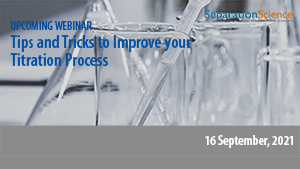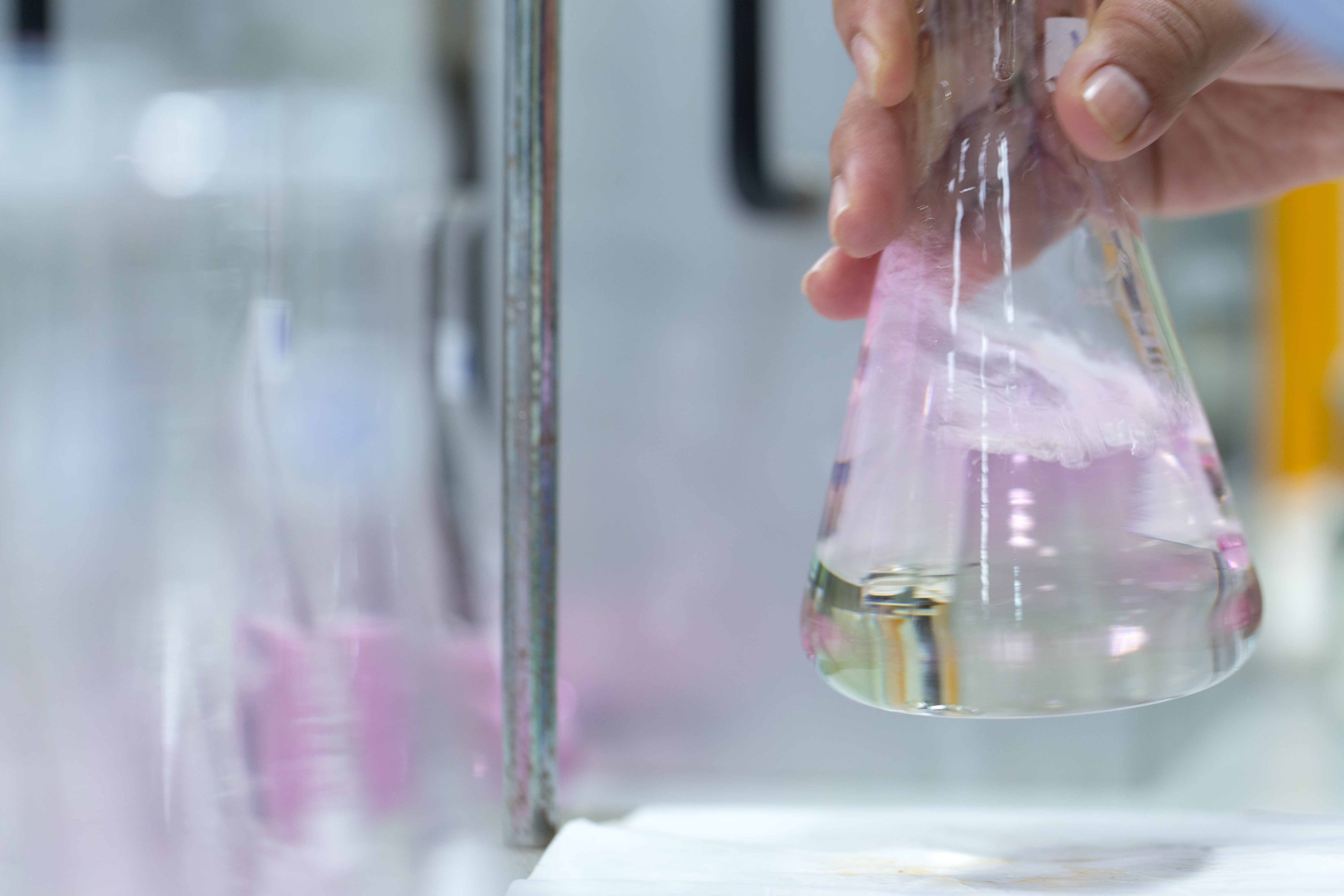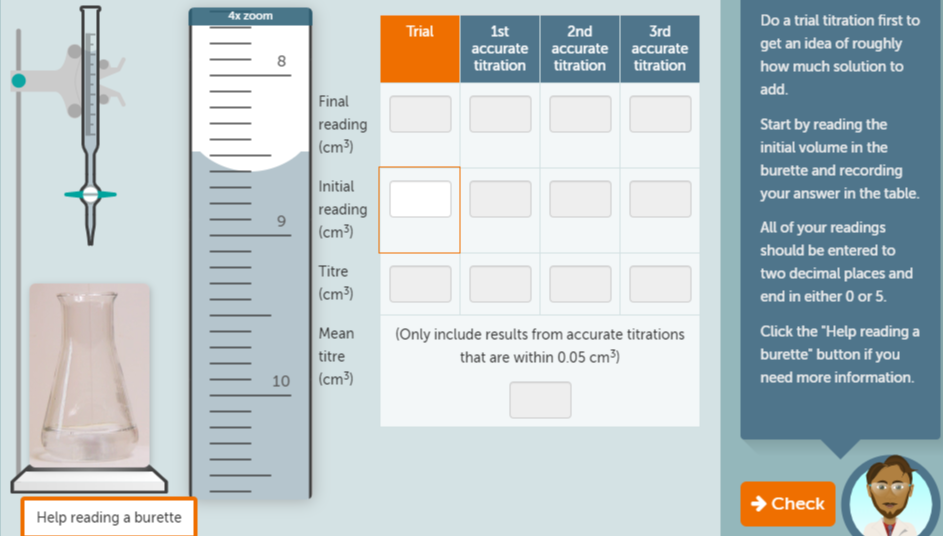Heartwarming Info About How To Improve Titration

Correspondingly, how do you make a titration experiment more accurate?
How to improve titration. Modern, digital autotitrators support users with various features that. Titration is a fast and very accurate technique to quantitate a specific compound in your sample. Learn what parameters could influence your titration process and how to.
Precision, accuracy and transparency are all important for titration results. You will also learn what you have to watch out for to avoid uncertainties and failures in your results whilst getting an insight into the latest innovation of seamless data transfer. Learn the basics about the titration process and the importance to do a titer determination to receive correct results.
Addition of small to moderate amounts of deionized water will not change the results of your titration. Place a few drops of an indicator, usually methyl orange, into the conical flask. We will examine the most important aspects of titer determination, show you how to fulfil quality assurance requirements and offer expert tips to improve your titration process.
Fill a burette up with sodium hydroxide until it reaches the '0' marking at the top. Solvents such as glacial acetic acid or ethanol are used to dissolve the solids. When troubleshooting or questioning a result, this is the first thing we ask our consumers.
Concentrated analytes are also diluted to improve accuracy. This webinar teaches you how to optimize and adapt the titration process to receive correct and comparable results. Clean the graduated cylinder with plenty of water.
6 this gradual increase usually. In most laboratories, the age of manual titrations is over. Learn how to choose the right electrode, equipment and method for.

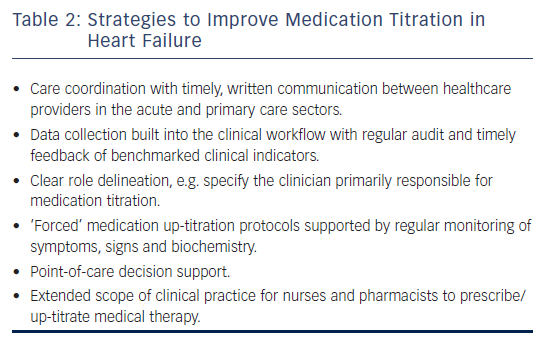
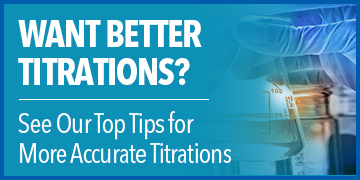


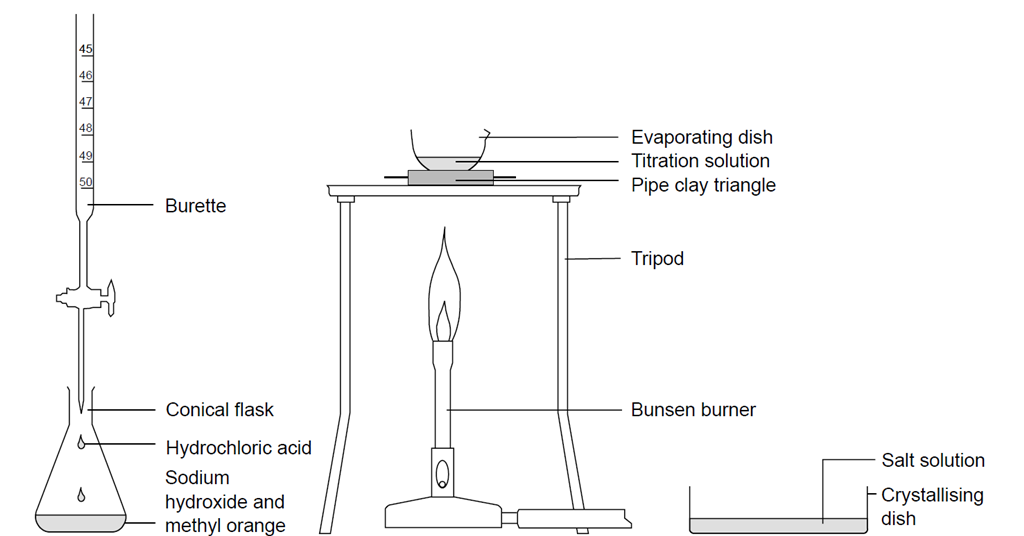
.jpg)



